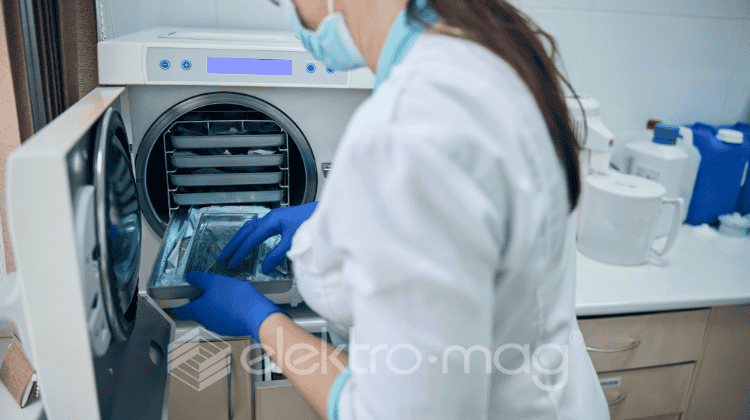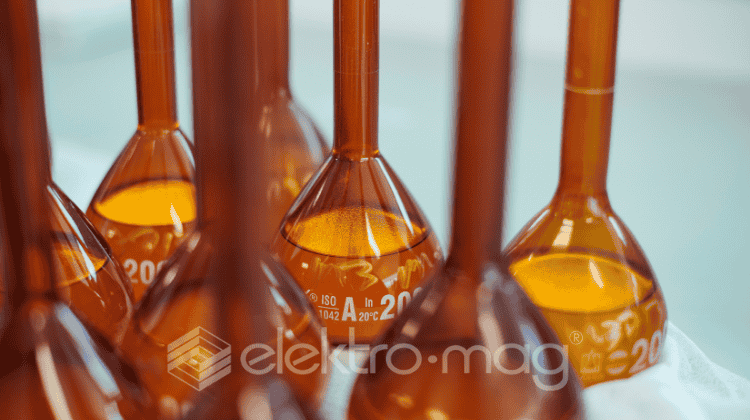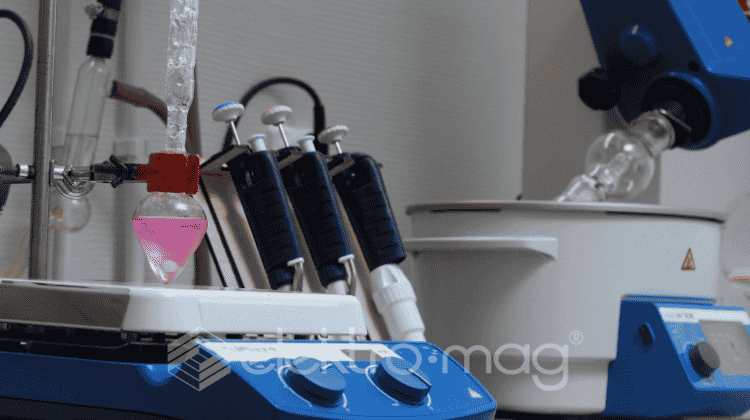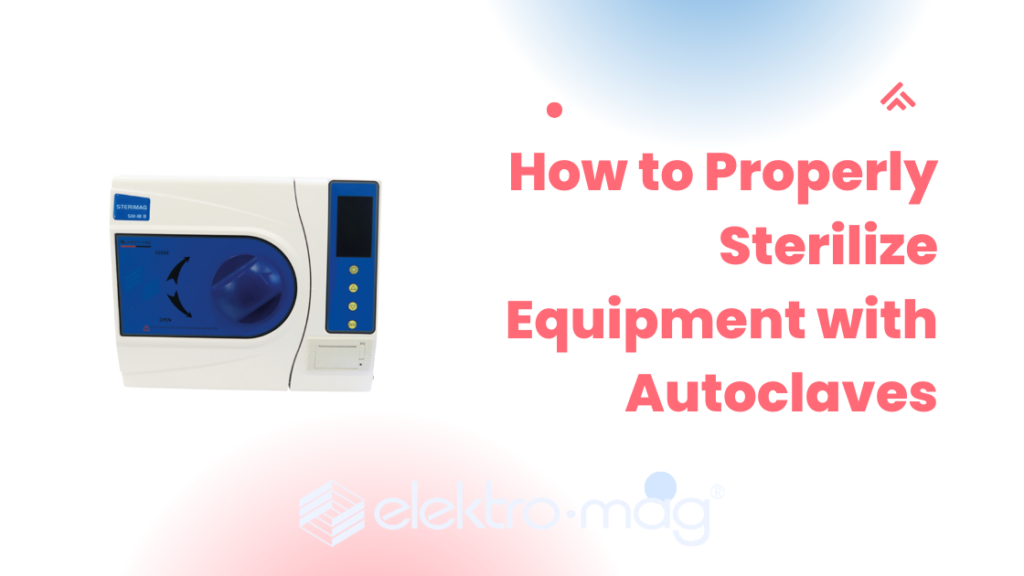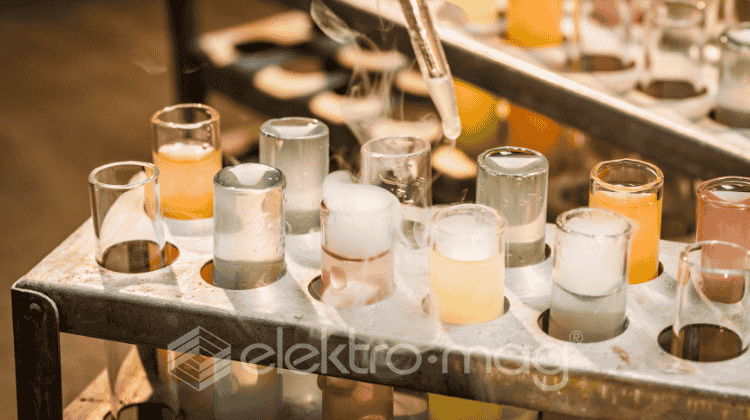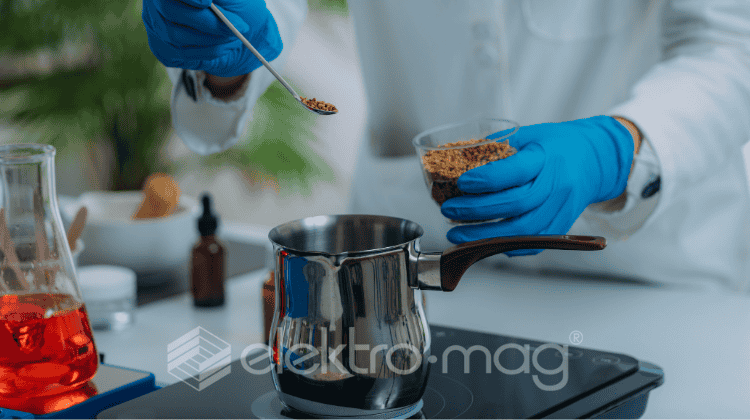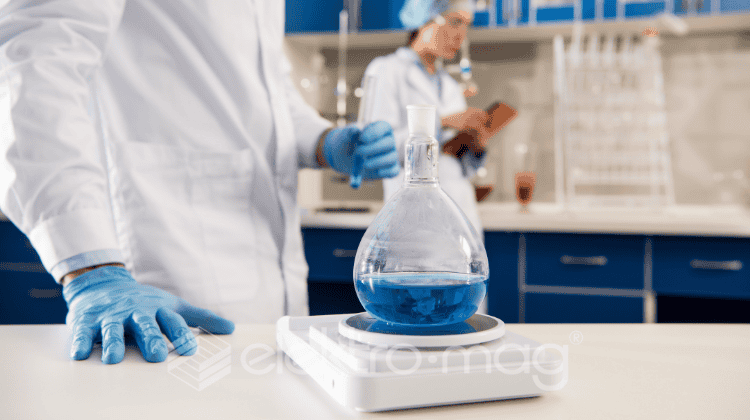
Laboratory hot plates are indispensable tools in scientific research, commonly used to heat samples in chemistry, biology, and various other lab environments. Understanding how these hot plates work and following essential safety precautions can help you maximize their effectiveness and ensure safe operation. This guide covers the core principles of laboratory hot plates, their practical applications, and crucial safety tips.
Working Principle of Laboratory Hot Plates
Laboratory hot plates operate based on electrical resistance heating. When an electric current flows through the heating element, it encounters resistance, which causes the element to heat up. This generated heat is then transferred to the surface of the hot plate, creating a warm, stable platform for heating substances. Here’s a closer look at how different heating elements impact performance:
- Ceramic Heating Elements: Ceramic plates offer rapid heating and exceptional heat distribution across the surface. They are particularly effective for applications needing consistent temperature control. In a chemistry lab, for example, ceramic hot plates can be used to maintain reaction mixtures at precise temperatures for controlled experiments.
- Aluminum Heating Elements: Aluminum plates provide fast heating due to their excellent thermal conductivity. They are commonly used for applications where rapid temperature changes are necessary, such as in general laboratory tasks requiring quick sample heating.
By understanding the type of heating element in your hot plate, you can better select the appropriate model for your specific experiments and laboratory needs.
Key Applications of Laboratory Hot Plates
Laboratory hot plates are versatile and play a role in a range of scientific applications, including:
- Chemical Reactions: In chemistry labs, hot plates allow for precise temperature control, which is essential for reactions that require specific heat levels.
- Sample Preparation: Hot plates are used to heat and dissolve samples, preparing them for analysis in various fields, including environmental science and medical testing.
- Heating Biological Samples: In biology and microbiology labs, hot plates are sometimes used to gently heat samples, such as cultures, that require controlled warmth.
Safety Precautions for Operating Laboratory Hot Plates
To prevent accidents and ensure safe operation, it’s crucial to follow these safety tips when using laboratory hot plates:
- Use Heat-Resistant Gloves: Always wear heat-resistant gloves when handling hot plates or samples that have been heated to avoid burns and injury.
- Ensure a Stable Setup: Place the hot plate on a stable, flat surface to prevent tipping or accidental spills. This minimizes the risk of knocking over samples, especially in a busy lab environment.
- Avoid Unattended Operation: Never leave a hot plate unattended while it’s in use. If an experiment requires prolonged heating, make sure someone is present to monitor the process.
- Turn Off When Not in Use: Always switch off the hot plate when not in use to prevent overheating and reduce the risk of electrical hazards.
- Mind the Maximum Temperature: Adhere to the maximum temperature recommended for your specific hot plate model. Exceeding this limit can damage the device and pose safety risks.
- Keep Flammable Materials Away: Hot plates should be used away from any flammable chemicals or materials to reduce fire risks.
By following these safety guidelines, you can minimize the risk of accidents and ensure a safe and efficient laboratory environment.
Laboratory hot plates are essential tools that provide controlled heating for various scientific applications. Understanding their working principles and following recommended safety measures can enhance their effectiveness and safety. Whether you’re conducting chemical reactions, preparing samples, or heating biological specimens, using a hot plate correctly will help maintain consistency and accuracy in your experiments.
Investing time in learning proper usage and safety for laboratory hot plates not only extends their lifespan but also contributes to a safer and more efficient lab environment.

